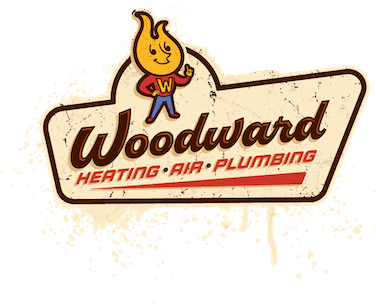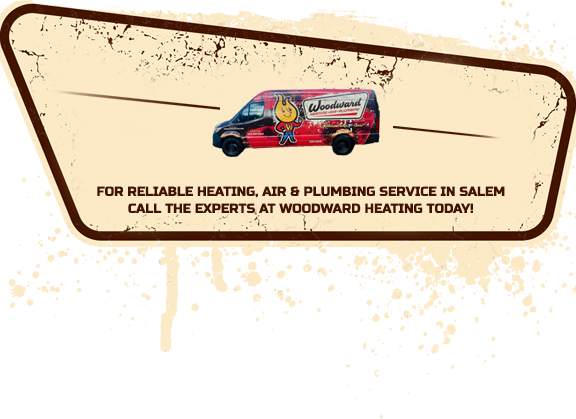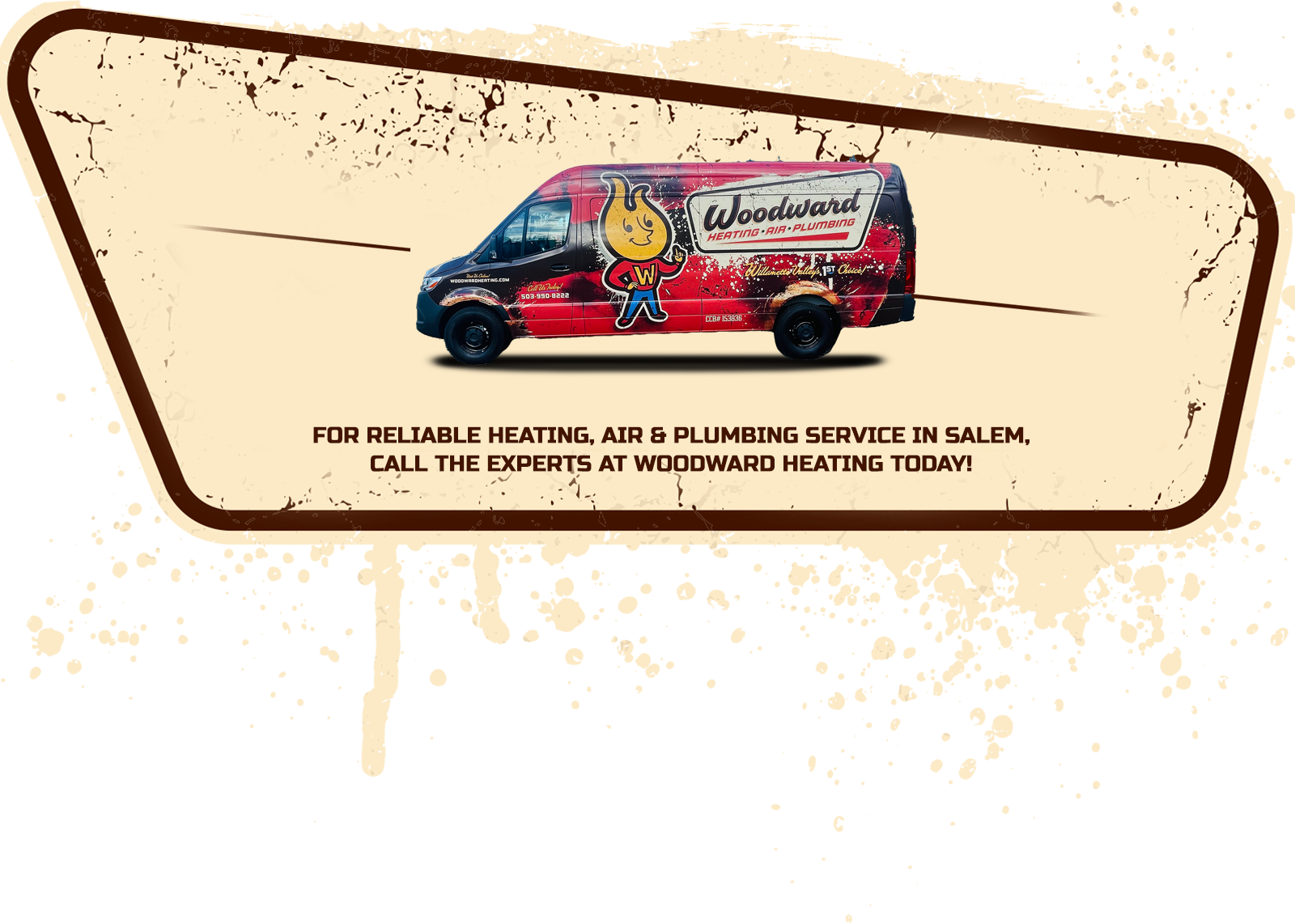
Your heating system keeps you cozy and safe all winter long. It may also shock you with the size of your heating bill, but there are options to avoid excessive costs. Let’s explore options for modern homes that will lower your heating expenses and reduce your household’s carbon footprint.
Heating Efficiency Ratings
The Department of Energy (DOE) uses two rating systems to measure heating efficiency. It uses annual fuel utilization efficiency (AFUE) for systems that generate heat, such as furnaces and boilers. The DOE uses heating seasonal performance factor (HSPF) for systems that transfer heat, such as heat pumps.
AFUE
The industry primarily uses AFUE for fuel-burning heating systems. AFUE is a percentage that specifies how much fuel a system wastes in the combustion process. The DOE minimum is 80, which indicates that a system wastes 20% of the fuel it burns. The higher the number, the more efficient the heating system and the lower the operating costs.
HSPF and HSPF2
HSPF estimates how efficient a heat pump will be over an entire heating season. The higher the HSPF, the higher the efficiency and lower the operating costs. HSPF2 is a newer version of the system that accounts for air leakage in ducts. Use it instead if purchasing a ducted system. In the future, HSPF2 will supplant the older system and drop the number. The DOE minimums are HSPF 8.8 and HSPF 2 7.5.
ENERGY STAR
The Environmental Protection Agency (EPA) sets higher standards for energy efficiency. Federal law doesn’t mandate them, but they are a requirement for the EPA’s ENERGY STAR program. Heating systems that meet EPA standards through independent testing receive ENERGY STAR certification. It gives consumers confidence in a heating system’s efficiency. It may also make you eligible for incentives, such as rebates and tax credits.
High-Efficiency Furnace
Furnaces have been the most popular home heating system in the U.S. for many decades. High-efficiency (HE) furnaces have an AFUE rating of 90 or higher. This is possible through a number of modern innovations, and the HE furnace you choose may have multiple of these. Condensing furnaces have an additional heat exchanger that lets the system reclaim heat from its exhaust gases. Some furnaces can decrease or increase fuel flow by adjusting the valve. Others can lower or raise the burner capacity, and there are variable-speed blowers as well.
High-Efficiency Boiler
High-efficiency boilers are possible through the same innovations available for high-efficiency furnaces. That said, boilers are quite different in how they provide heat. Boilers generate heat with either hot water or steam. They then pump that fluid into a radiator, where it gives off needed heat.
Radiant Heating
Wall and baseboard radiators are a traditional form of radiant heating. A popular trend in home heating is radiant floor panels. With a hot water boiler, you can have radiant panels throughout your home or in certain areas. There are also electric radiant floor panels. Those are popular for targeting areas, such as bathrooms, without needing a boiler.
Air-Source Heat Pump
Heat pumps function by transferring existing heat into the home. This is like how an AC functions, but in reverse. Heat pumps provide cooling too. Air-source heat pumps draw heat from the ambient air. That approach is highly efficient down to the system’s temperature threshold. When the temperature falls below it, the system becomes less efficient. Air-source heat pumps with thresholds low enough for cold climates can be expensive. A dual-fuel heat pump is an alternative.
Dual-Fuel Heat Pump
A dual-fuel heat pump or hybrid heating configuration involves pairing an air-source heat pump with a furnace. The furnace is typically a fuel-burning system. The heat pump provides heating whenever the ambient temperature is above its threshold. The furnace provides heating in an auxiliary capacity. When the outdoor temperature drops below the threshold, the system turns the heat pump off and the furnace on. Another advantage to this system is that the heat pump provides cooling too. Hybrid setups are more expensive up front but are good value long-term due to the lower heating costs.
Geothermal Heating
Geothermal heating and cooling systems are heat pump systems. The difference is that geothermal systems exchange heat with the ground or a body of water rather than the air. The reason why air-source heat pumps have thresholds is because there’s limited heat energy in the air in winter. The heat available in the earth and large bodies of water is much more abundant and consistent. Geothermal systems provide even better efficiency than most air-source heat pumps. There’s also no need to have an auxiliary heating system, such as a furnace.
Ductless Mini-Split
A ductless mini-split is a type of heat pump system. Like a traditional heat pump, it has an outdoor condenser unit. It does not have ductwork or any central indoor equipment. Instead, it has one or more indoor units that are typically either wall- or ceiling-mounted. Those units have their own evaporator coil, blower, and condensate drainage. The additional equipment does increase the initial costs, but these systems are very cost-effective in the long term. There’s no air leakage in ducts, and the system is inherently zoned.
HVAC Zoning
With central heating systems, you can add zoning. This is where we organize your home into discrete areas you can adjust independently. It will require upgrading to a variable-speed blower if the system doesn’t already have one. Your system will also need adjustable dampers in the ducts.
Whole-House Fan
There are two types of whole-house fans that can help with heating efficiency: heat recovery ventilators (HRVs) and energy recovery ventilators (ERVs). HRVs can delay when you need to start running your heat. They can also ventilate your home with fresh air without undermining your heating. They do this by extracting heat before exhausting stale air and then using it to preheat the fresh air. ERVs are similar except that they also extract moisture and add it to the fresh air. That can help keep the relative humidity (RH) of the home up.
Whole-Home Humidification
Another way to keep RH up is with a furnace humidifier or other type of whole-house humidifier. A humidifier lets you lower your heating by several degrees for better efficiency while remaining comfortable.
Smart Thermostat
The DOE recommends all households have a programmable thermostat. Through thermostat programming, the average household can lower its heating costs by 8% annually. Smart thermostats provide additional energy-saving features. That includes energy monitoring and reporting. Some also have geofencing, which can eliminate the need for scheduling.
Would You Like to Upgrade Your Heating System in Salem?
Woodward Heating Air Plumbing has decades of experience meeting the heating needs of homeowners in Salem, OR, and throughout the surrounding areas. Our NATE-certified technicians install, maintain, and repair furnaces and ducted and ductless heat pumps. We specialize in cooling too, including central and ductless air conditioners. You can count on us for programmable and smart thermostats, ventilators, air purification systems, UV lamps, and humidity control. We have expert plumbers on staff for standard and camera inspections, repairs, and installations. Our team cleans drains and pipes and repipes gas, water, and sewer lines. We also install and service kitchen and bathroom fixtures, garbage disposals, water treatment systems, and tank and tankless water heaters. Call today or contact us online to schedule an appointment for heating maintenance.






